It is said that when there is a bank holiday, livestock get the short end of the stick due to their caretakers paying less attention to them. In the case of pigs, it has always been believed that on public holidays, farm personnel carry out their work with more "quickly" than normal, having an effect on certain production parameters later on.
To check if the saying rings true today, we have collected information from our PigCHAMP Pro Europe database and analyzed the results of the matings done one week before the holiday (for reference), as well as the inseminations done on the holiday in question, and those done the day after. The public holidays that we checked are from 2018; except for the January 1 holiday which was in 2019. The following bank holidays were analyzed:

- Christmas and New Year (December 25th and January 1st).
- Good Friday at Easter (March 23rd).
- Labor Day. (May 1st)
- Feast of the Assumption (August 15th).
- Hispanic Day (October 12th).
- All Saints' Day (November 1st).
- Constitution Day (December 6th).
Neither January 6 (Epiphany) nor December 8 are listed, since in 2018 both bank holidays fell on weekends.
Christmas and New Year
Graph 1 shows the farrowing rate, associated with the matings recorded on December 25th and January 1st; as well as those corresponding to a week before and the day after the holidays. Both December 25th and January 1st were Tuesdays; and had farrowing rates similar to that of December 18th. However, there was a decrease in the farrowing rates corresponding to the services carried out both on December 26th and January 2nd.
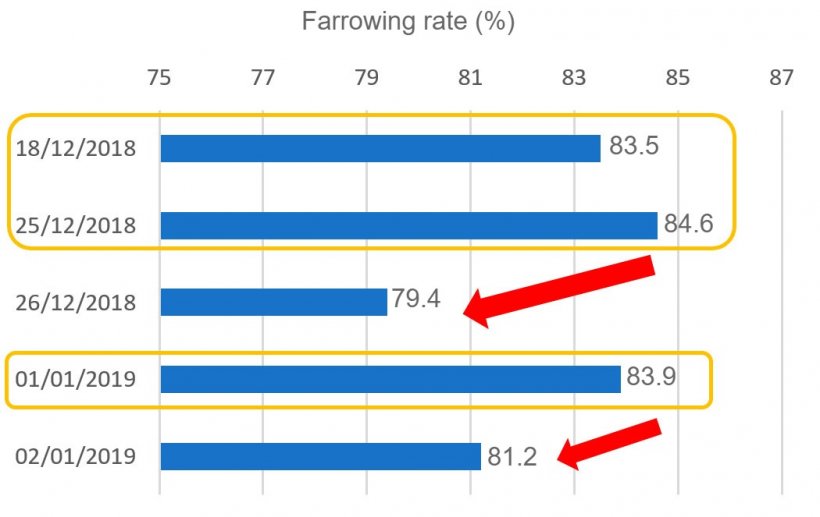
Graph 1. Farrowing rate associated with the inseminations over Christmas and New Year.
Easter
Graph 2 shows information related to the Easter holiday, where it can be seen that the matings both on Good Friday and those of the following day show a farrowing rate similar to that of the matings recorded on the Friday before.
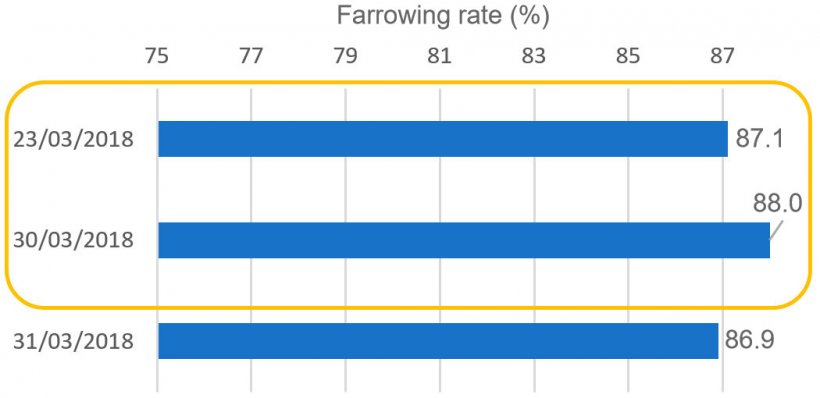
Graph 2. Farrowing rate associated with the breedings done on Good Friday.
Labor Day (May 1st)
May 1st was a Tuesday, and in this case the farrowing rate for these matings was significantly lower than for those recorded 7 days prior. However, the May 2nd inseminations did show a significant drop in the farrowing rate, which did not even reach 80%.
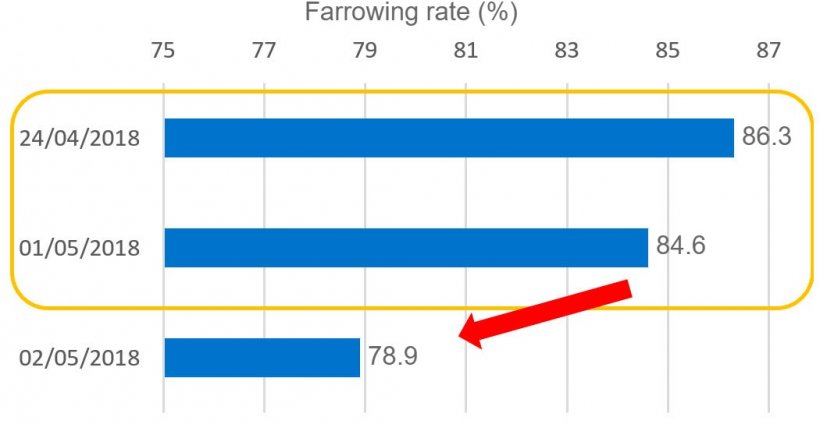
Graph 3. Farrowing rate associated with the matings surrounding the May 1, Labor Day holiday.
Assumption of Mary (August 15th)
This holiday was celebrated on a Wednesday and the matings done on that day and the following day saw lower farrowing rates than the inseminations done the previous week. (Graph 4).
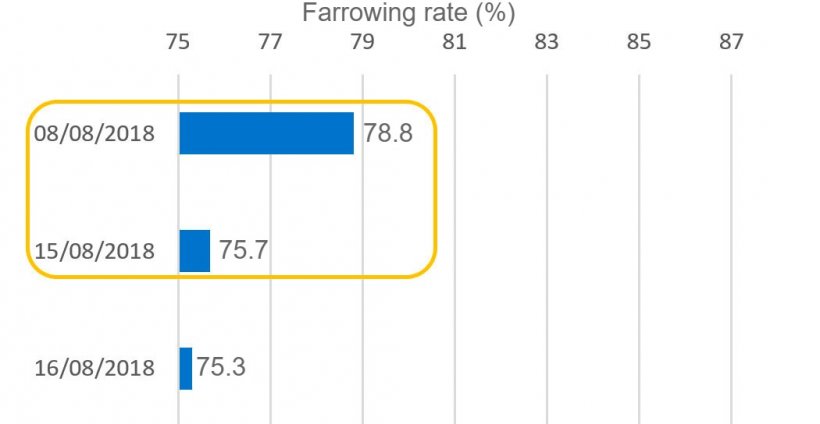
Graph 4. Farrowing rate associated with the breedings done around the Feast of the Assumption (August 15th).
Hispanic Day (October 12th)
On Hispanic Day, which was a Friday, the matings saw similar farrowing rates on all three dates examined (Graph 5).
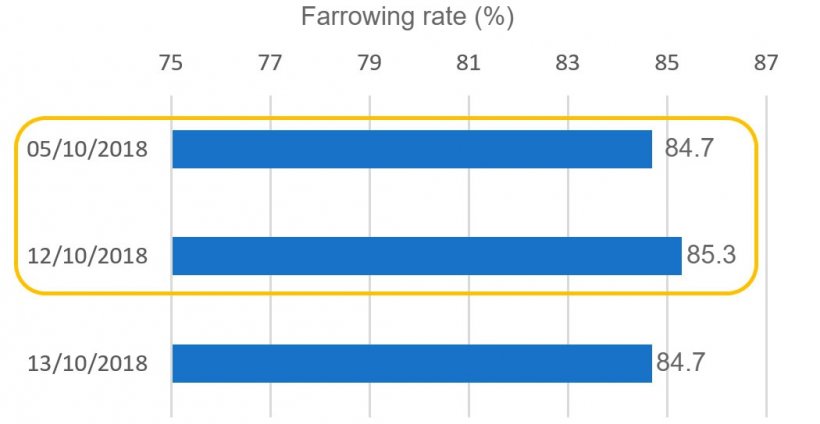
Graph 5. Farrowing rate associated with the breedings done during Hispanic Day.
All Saints' Day (November 1)
In relation to this holiday, which fell on a Thursday, similar values for the farrowing rates were observed for November 1st and October 25th. However, an increase in the farrowing rate is observed for November 2nd, the day immediately following the holiday (Graph 6).
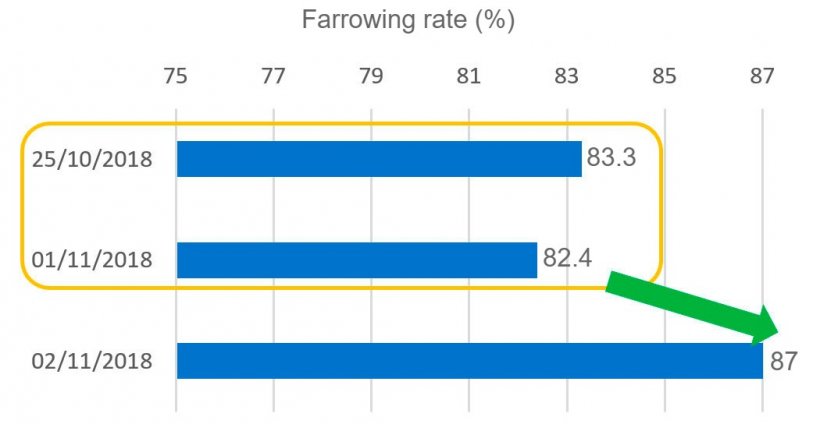
Graph 6. Farrowing rate associated with the breedings done during the All Saints' Day holiday.

Constitution Day (December 6th)
Constitution Day was on a Thursday and a similar pattern to the previous case can be observed. The matings done on December 6th saw farrowing rates similar to those breedings carried out a week before. Likewise, there was a significant increase in the farrowing rate achieved from the inseminations done on the day after the holiday (Graph 7).
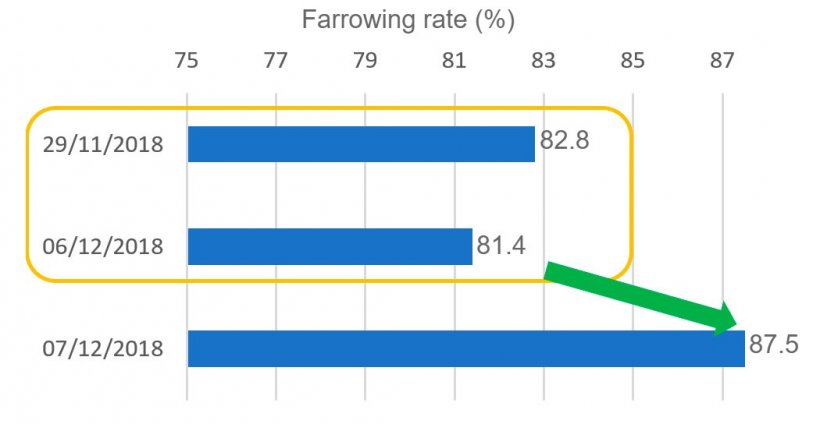
Graph 7. Farrowing rate associated with the breedings done over the Constitution Day holiday.
In the next article, this data will be analyzed to determine if the professionalization of the pig industry is enough to maintain efficiency during the weeks that have weekday holidays.



